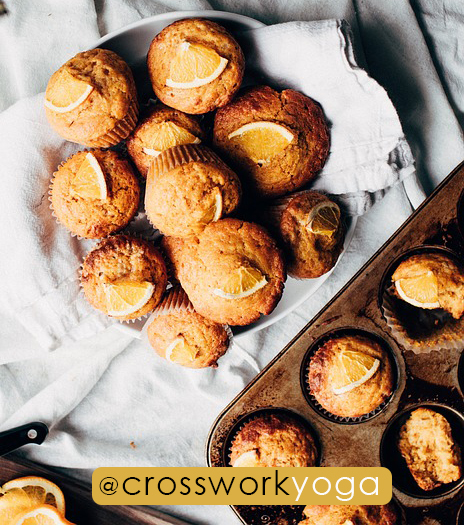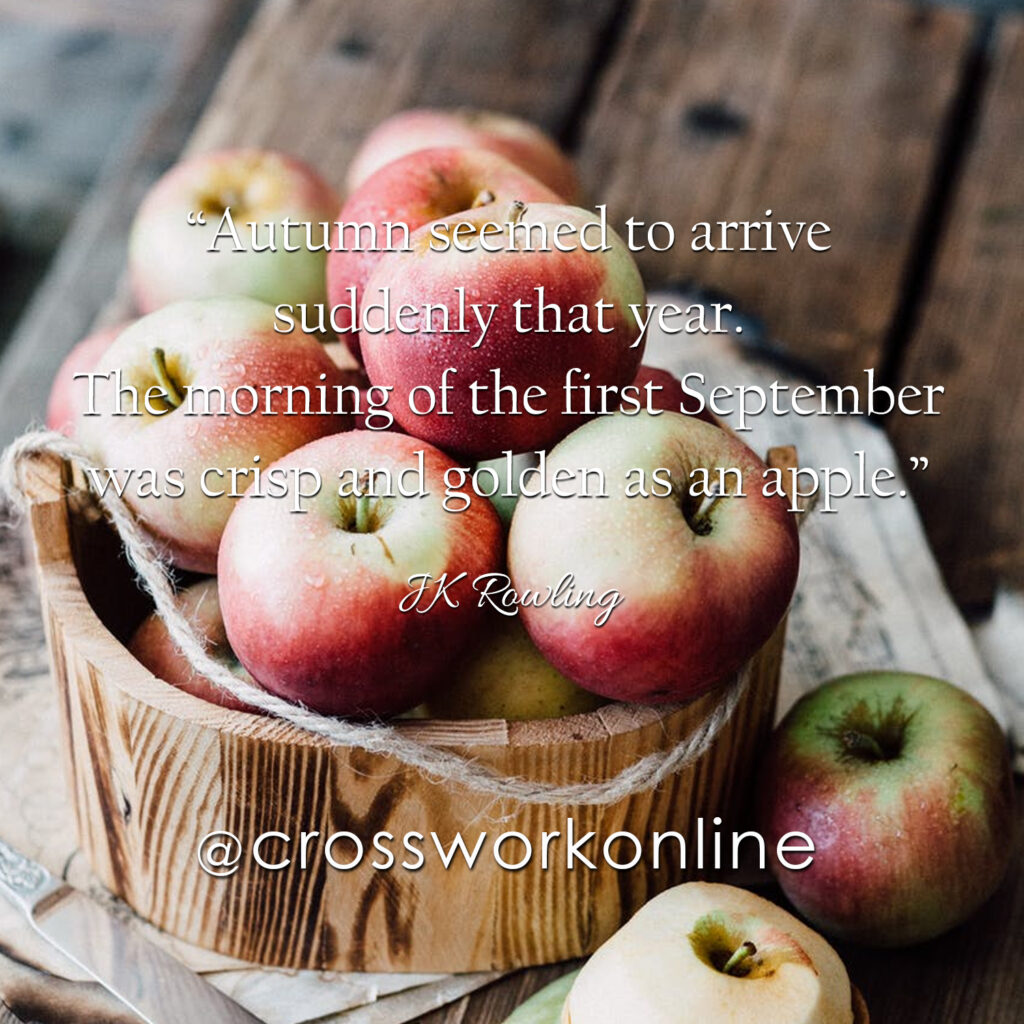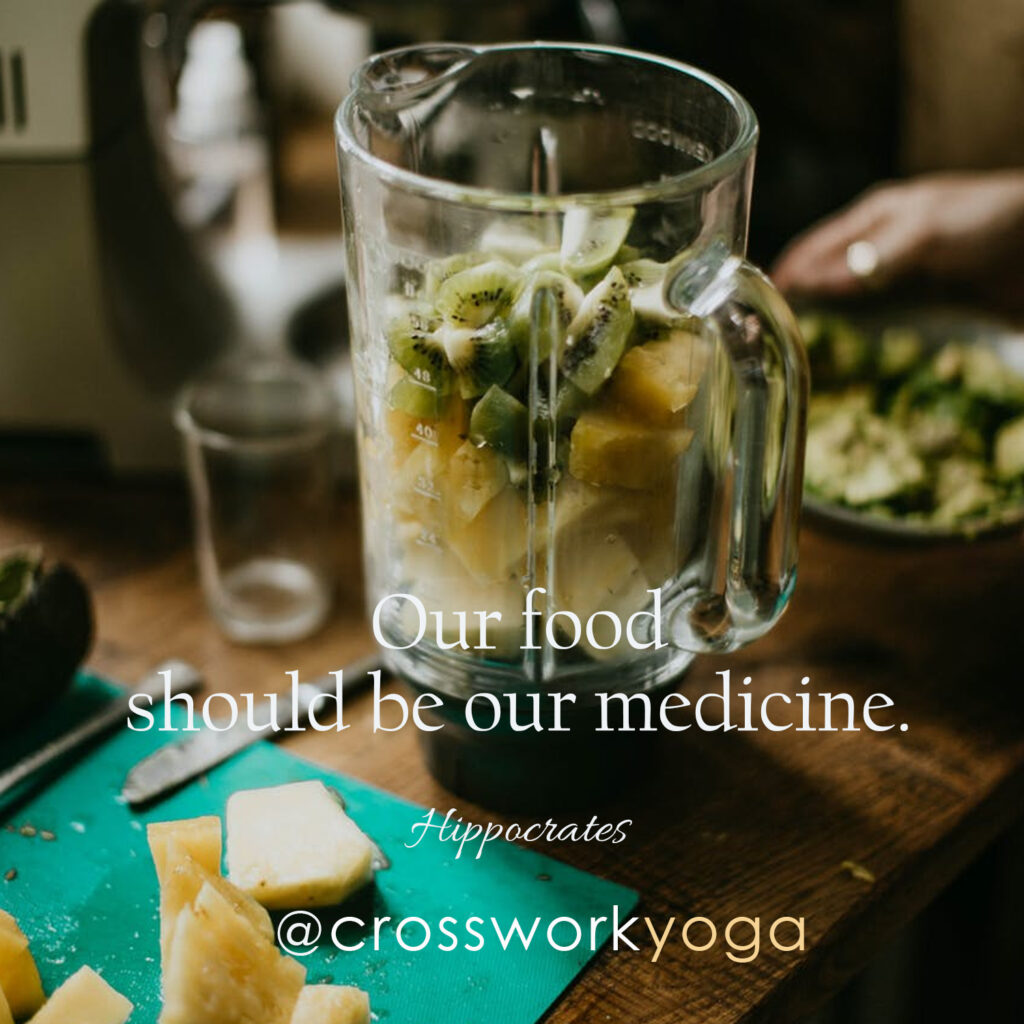Boundaries are an important part of every role you fill. Knowing your limits and having the confidence to stick to your boundaries are keys to avoiding burnout. But often, for those who have found a way to make a living at their hobbies, the lines between work and leisure become blurred. The lines are even further smudged when the nature of our work is serving or helping others. Here are three reasons why work is not a hobby, and why you need to sit down and define your work boundaries today.
Your time is limited. Your work can be an extension of your favorite hobby; it’s true. But if you are going to avoid workaholism, you must learn the habit of separating work time from rest time. Work time is the portion of your day, week, or month that you devote to making a living. Rest time is the portion that you devote to your other core values—including things like family time, time with friends, and time off (aka taking a vacation.) Every person only has a certain number of days to live, and that includes you. Being intentional about how you want to spend the time you are given is the first key to finding balance between work and hobbies.
Your bandwidth is limited. You are not a robot. Mentally and physically, you need down time to recharge. Work is the daily grind. Hobbies are things that take us away from the daily grind. In fact, when we take a step away from the usual, rote, monotonous work tasks, we force our brains to shift into a different gear. When we begin to take joy in experiencing life through our hobbies, we are actually nourishing our brains!
Sadly, our culture has become so engrossed with work, that humans can even feel guilty about taking time off. What’s interesting is that working non-stop does not open doors to innovation— it locks them. However, when we take a step outside the 9-5 routines, we often find that we are able to more clearly see the solutions to professional hurdles. Prioritizing time to step away from work to put things in perspective is the second key in finding balance between hobbies and work.
Your abilities are limited. Let’s face it, very few successful organizations are a one-woman show. And if she does find success, it is short lived. Teams help lighten the load. Accepting help from co-workers does not mean that you are incompetent. It means that you are wise enough to see that many hands make light work, and that you believe there is more to life than working. Set reasonable expectations for what you can accomplish during work hours and work to the best of your ability. Then, practice the self-control to walk away from anything that goes beyond that, and start again tomorrow. Putting first things first is the third way you can move toward balance personally and professionally.
Schedule a class to learn more about mindful yoga.










